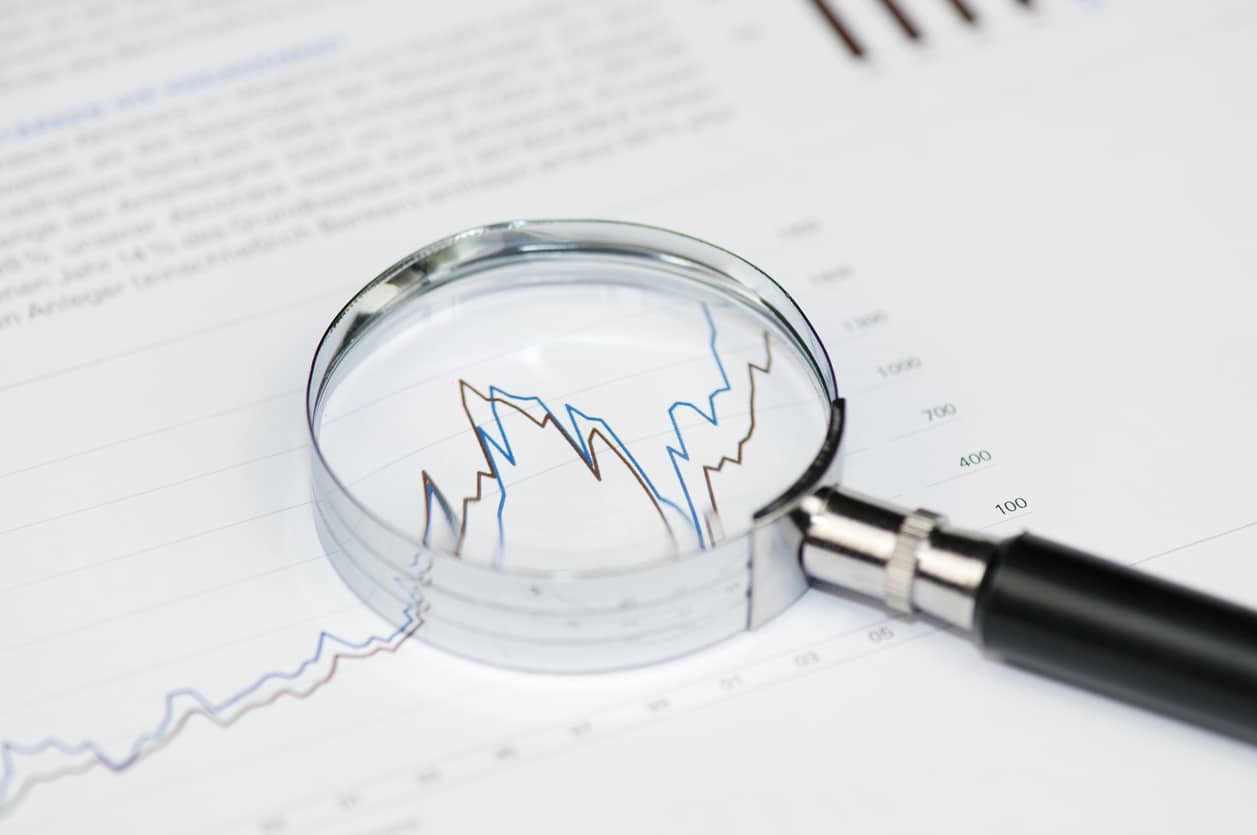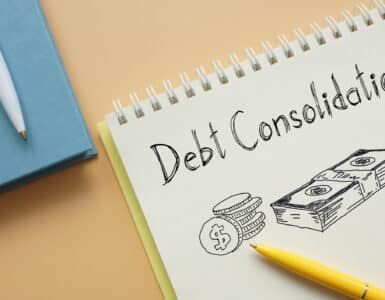The first benchmark interest rate hike since 2018 is on the horizon. The Federal Reserve recently announced that — in order to fight inflation — several rate hikes will likely be coming, the first as soon as March. Here’s what that potential hike (or hikes) might mean for you.
Prepare for More
If the Fed does raise rates in March, it will likely be the first of at least a handful of increases. When the Fed increases the federal funds rate, it has a trickle down effect. Eventually, you’ll have to pay more to borrow, while not seeing much better rates on your savings accounts. The first hike won’t do much, but the cumulative hikes can alter the economy and your budget.
Mortgages on The Rise
If the Fed raises rates, you can expect to pay more for a mortgage. Let’s say the rate jumps from the current 3.75% average to 4%. As CNBC notes, with a $300,000 mortgage at 3.75%, you were paying $1,389 a month. At 4%, you’ll be paying $1,432 per month. That’s a difference of $516 a year.
Credit Card Woes
The current average credit card APR is about 16%, but that’s going to change. Most credit cards have a variable interest rate, so expect your APR to increase if the Fed raises its rate. While a small increase probably won’t make a huge difference, several small increases can have a big impact, especially if you’re carrying debt. Now would be a good time to try to pay down your debt and maybe even try a balance transfer card if need be.






